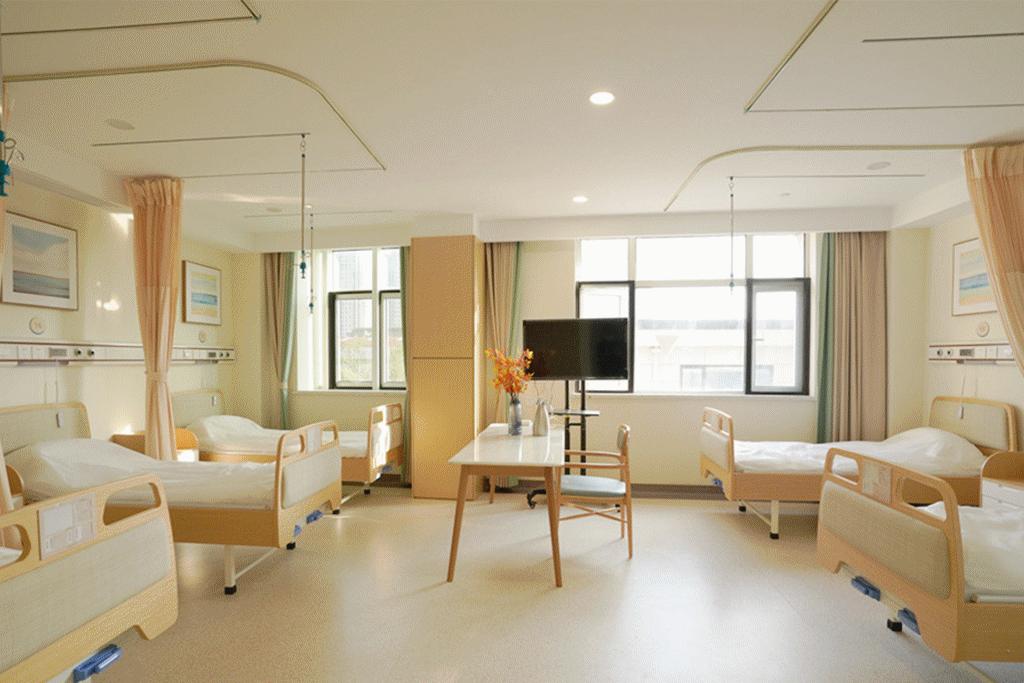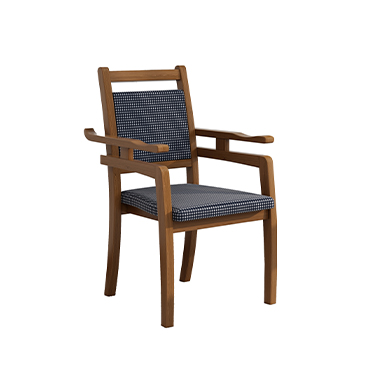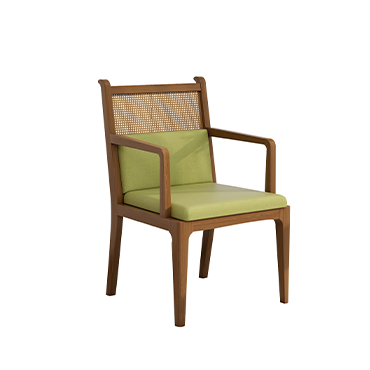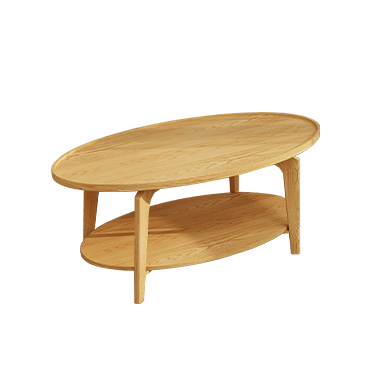Elderly Care Models in Germany: Why Is It Called a 'Paradise for Aging'?
 Germany is one of the most aging countries in Europe, second only to Italy. However, Germany has developed a well-established elderly care system with over 12,000 elderly care institutions. Its diverse care models make it recognized as a "paradise for aging" worldwide.
Germany is one of the most aging countries in Europe, second only to Italy. However, Germany has developed a well-established elderly care system with over 12,000 elderly care institutions. Its diverse care models make it recognized as a "paradise for aging" worldwide.
Unlike traditional nursing homes, Germany offers more personalized and adaptive elderly care solutions. The country has moved beyond conventional nursing homes to rehabilitation hospitals and specialized nursing facilities. Additionally, various elderly care models exist, including in-home care, senior residential communities, and co-living with young people.
1. In-Home Care Model
In this model, elderly individuals continue living in their familiar homes while receiving professional caregiving services. Caregivers visit daily to assist with washing, dressing, and other personal care needs. During the day, seniors can attend community care centers where they engage in activities such as crafts, reading, board games, and cooking. In the evening, caregivers may return to assist with dinner and bedtime routines. This model allows seniors to maintain their independence while receiving necessary support.
2. Senior Residential Communities
These communities mainly consist of "assisted living apartments" designed with accessibility in mind. They feature elderly-friendly facilities, such as non-slip flooring, smart lighting, and emergency call systems. Seniors living in such communities benefit from professional caregiving services and an environment that fosters social connections, reducing loneliness while maintaining an independent lifestyle.
3. Co-Living with Young People
Some German seniors prefer to stay in their own homes but seek companionship. As a solution, they rent out spare rooms at low or even no cost to young people, often students, in exchange for companionship and household help, such as grocery shopping and cleaning. This arrangement benefits both parties—the young individuals save on housing costs, while seniors enjoy social interaction and assistance. The government supports this model by providing subsidies for home modifications, such as installing stairlifts.





